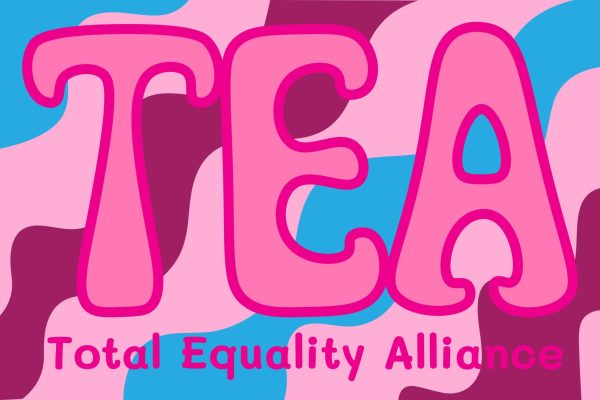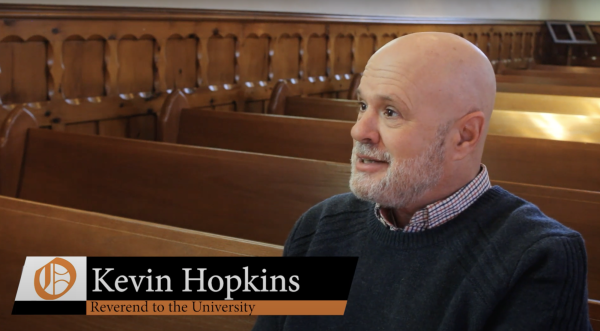Things to know about the protests in Ukraine
I’ve had several conversations with fellow students in the last few days about what is happening in Ukraine. While most people know Russia has more or less invaded Ukraine, they are fuzzy on the details. Here are some quick and easy facts to set you straight on what is happening and why.
Location, Location, Location
In this case, location is very important. While Ukraine is located in Eastern Europe, its northwest border is shared with Russia and it used to be part of the Soviet Union before the Soviet collapse. Ukraine became an independent republic in 1991.
The part of Ukraine that Russia is currently involved in is Crimea – an autonomous peninsula in southern Ukraine. Sevastopol, a city located on coast of the Crimean Peninsula, is a strategically important naval point and currently houses Russia’s Black Sea Fleet.
What Started It All?
For a year, Ukranian President Viktor Yanukovych promised to sign a trade agreement with the European Union, which would strengthen political ties between Ukraine and the rest of Europe, as well as boost economic growth. Russia, however, opposed this agreement due to the negative impact it would have on Russo-Ukranian trade relations. As a result, Russia threatened to dramatically increase its price of gas, for which Ukraine is a big customer. After the strong-arm treatment by Russia, Yanukovych made it clear in November that he was unwilling to sign the agreement, and Ukrainians took to the streets in protests.
For three months, the protests escalated in volume and violence until Feb. 21, when protest leaders, the political opposition and Yanukovych agreed to form a new government. Just a few days later, the interim government sent out a warrant for Yanukovych’s arrest and he fled to refuge in Russia.
Enter Russia
Rallies continued in Crimea due to pro-Russia protesters who do not support the new government. On Feb. 28, armed men wearing unmarked combat gear seized a military airfield is Sevastopol. Ukrainians claimed the forces were Russian and the UN Security Council held an emergency closed-door session to discuss the situation in Crimea.
The United States warned Russia against military action in Ukraine, but Russia said military movements in Crimea were in line with previous agreements to protect its fleet position in the Black Sea.
Russian President Vladimir Putin claims Yanukovych is still the legitimate president of Ukraine and said Yanukovych appealed to Moscow to intervene. On March 1, Putin received permission from Russia’s upper house of parliament to use military force in Ukraine.
The next day, hundreds of Russian troops poured into Ukraine, and by March 3, Russia’s Black Sea Fleet told the Ukrainian navy in Sevastopol in Crimea to surrender or face a military assault.
World leaders scrambled to respond to Russia’s actions. The United States imposed visa restrictions on Russians and Ukraine’s Crimeans who were threatening the sovereignty of Ukraine.
On March 6, Crimea’s parliament voted unanimously in favor of joining Russia. Hours later, the city council of Sevestopol in Crimea announced it was joining Russia immediately. Meanwhile, Ukrainian officials said no territory will be given to Russia.
On March 9 and 10, the U.S. government spoke with governments from Kazakhstan, Spain and China. Press releases from the White House state all four nations were supportive of Ukraine’s sovereignty and territorial integrity.
Despite more warnings, Russia has not changed its position on Ukraine and continues military occupation. Reports of violence against pro-Ukrainian journalists and activists increased.
What’s Next?
Crimeans are expected to go to the polls Sunday to vote whether or not to secede from Ukraine and join Russia. The United States and some European states have said this referendum is not legitimate and is organized by the Kremlin. The United States warns that if Russia annexes Ukraine, it will introduce additional sanctions.






